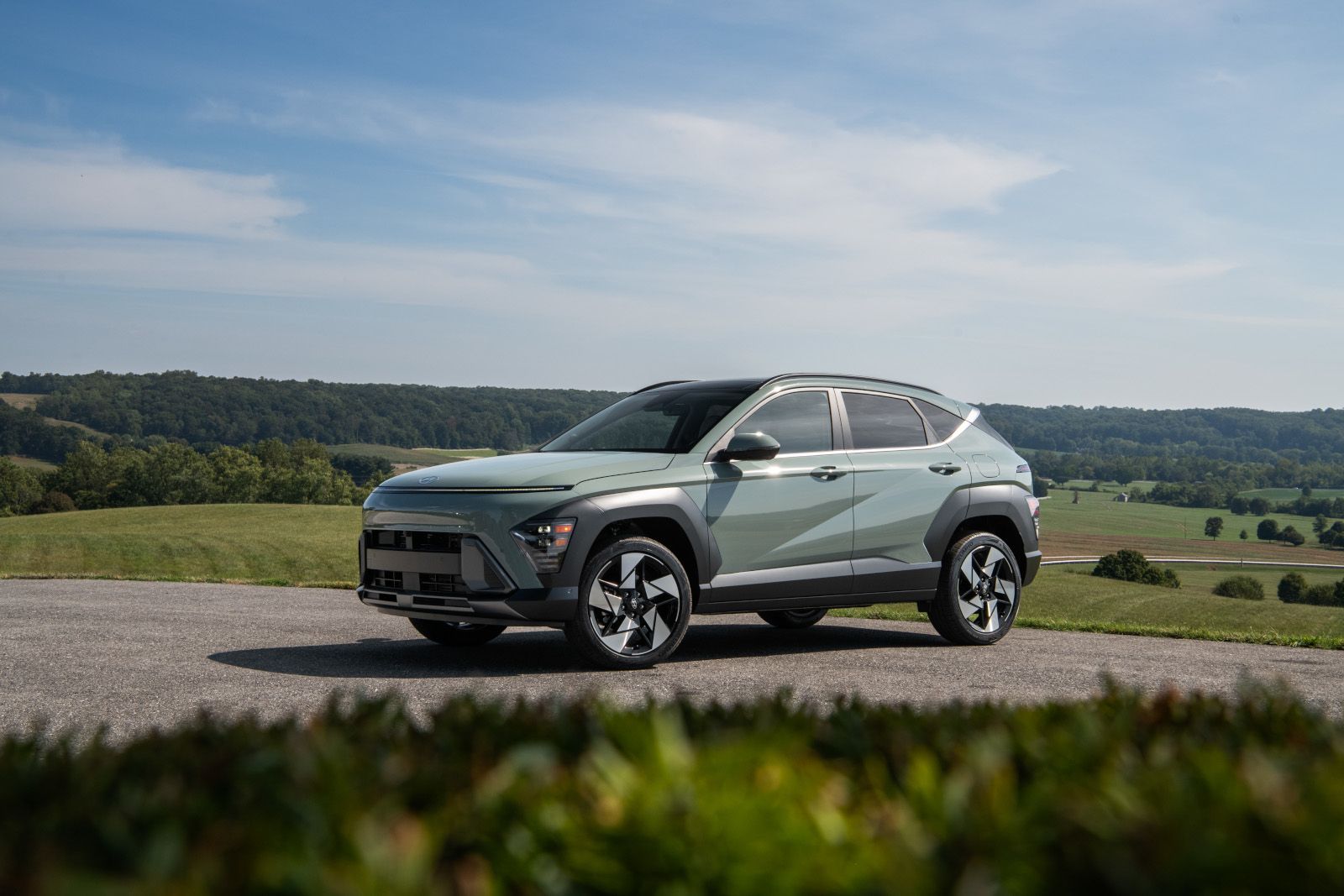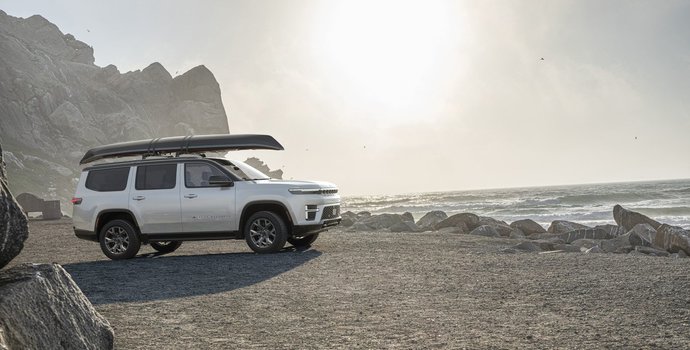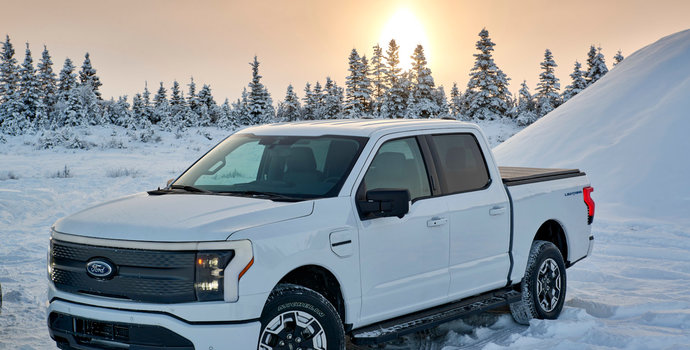Buying a new vehicle means making decisions about horsepower, fuel economy, and protection coverage. The warranty that comes with your purchase can save you thousands of dollars and provide peace of mind for years to come. Yet many Canadian buyers focus only on monthly payments, overlooking how warranty terms will affect their ownership experience.
The right warranty coverage depends on your driving habits, where you live, and how long you plan to keep your vehicle. A commuter driving 30,000 kilometres per year needs different protection than someone taking weekend trips. Understanding these differences helps you choose coverage that actually protects your investment.
Understanding Warranty Basics
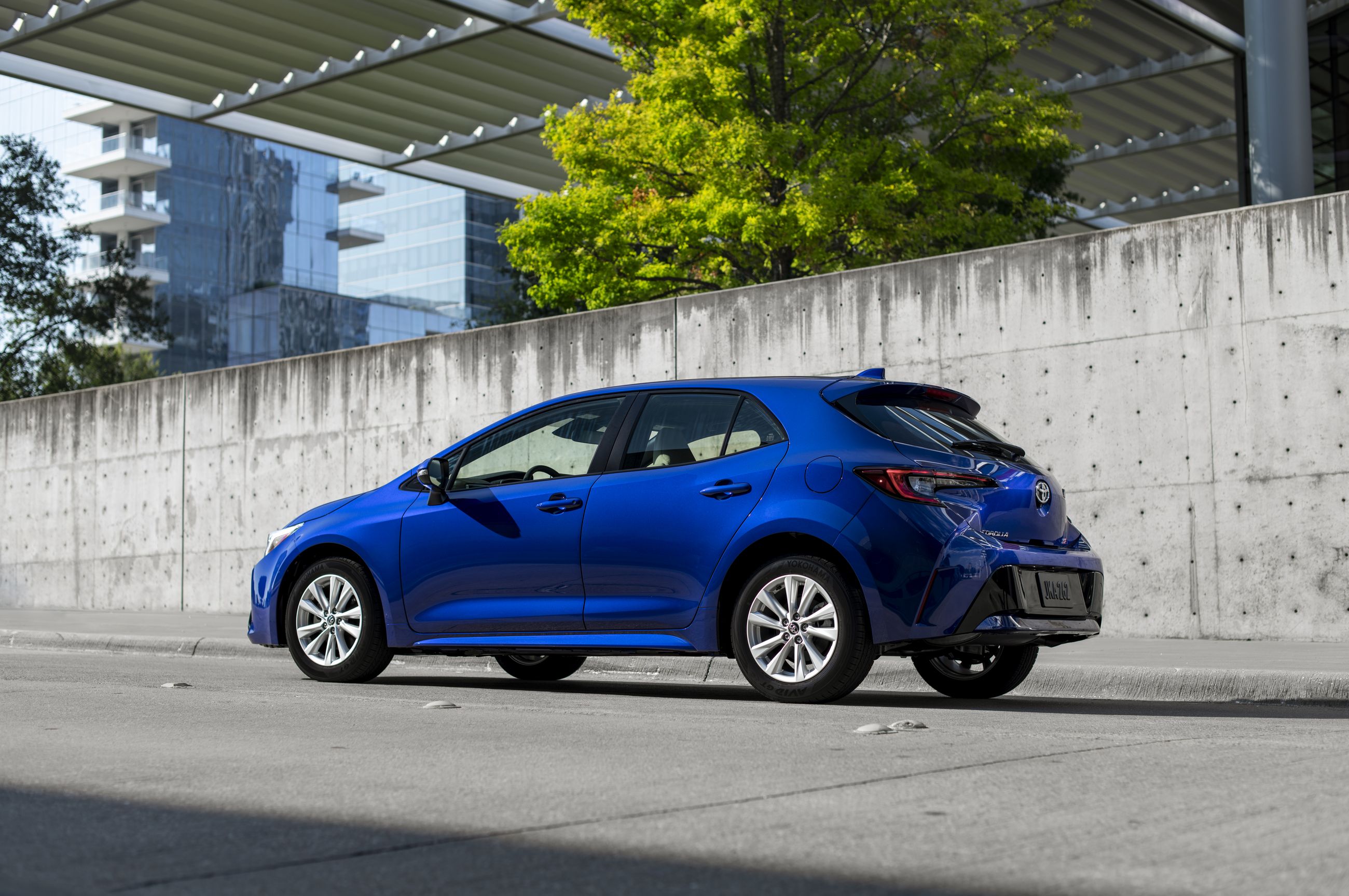
New vehicle warranties typically include two main components: basic coverage and powertrain protection. Basic warranties, sometimes called bumper-to-bumper coverage, protect most vehicle systems and components. Powertrain warranties focus specifically on the engine, transmission, and drivetrain components that move your vehicle.
Traditional manufacturers offer three years or 60,000 kilometres for basic coverage, with five years or 100,000 kilometres for powertrain protection. However, this baseline has evolved significantly. Many brands now provide four to five years of basic coverage, while luxury manufacturers like Cadillac and Lincoln extend powertrain protection to six years or 110,000 kilometres.
Corrosion protection has become increasingly important for Canadian drivers. Winter road salt creates harsh conditions that can damage vehicle bodies over time. Coverage ranges from five years with most manufacturers up to twelve years with Volkswagen and Audi, recognizing the unique challenges Canadian drivers face.
Brand Comparison: Finding the Right Fit
|
Brand
|
Basic Warranty
|
Powertrain Warranty
|
Corrosion Protection
|
Unique Benefits
|
|
Hyundai
|
5 years/100,000 km
|
5 years/100,000 km
|
5 years/unlimited km
|
Longest mainstream basic coverage, 8yr/160k EV battery
|
|
Volkswagen
|
4 years/80,000 km
|
5 years/100,000 km
|
12 years/unlimited km
|
Industry-leading corrosion protection
|
|
Cadillac
|
4 years/80,000 km
|
6 years/110,000 km
|
6 years/160,000 km
|
Extended luxury powertrain coverage
|
|
Lincoln
|
4 years/80,000 km
|
6 years/110,000 km
|
5 years/unlimited km
|
Premium concierge service, extended powertrain
|
|
Mercedes-Benz
|
4 years/80,000 km
|
4 years/80,000 km
|
5 years/unlimited km
|
Comprehensive luxury vehicle support
|
|
Audi
|
4 years/80,000 km
|
4 years/80,000 km
|
12 years/unlimited km
|
Premium service network, 12-year corrosion
|
|
Toyota
|
3 years/60,000 km
|
5 years/100,000 km
|
5 years/unlimited km
|
Strong reliability reputation, hybrid coverage
|
|
Honda
|
3 years/60,000 km
|
5 years/100,000 km
|
5 years/unlimited km
|
Proven dependability, comprehensive hybrid protection
|
|
Ford
|
3 years/60,000 km
|
5 years/100,000 km
|
5 years/unlimited km
|
Strong commercial/fleet support options
|
|
Chevrolet/GMC
|
3 years/60,000 km
|
5 years/100,000 km
|
6 years/160,000 km
|
Enhanced corrosion protection, OnStar integration
|
Several brands stand out for specific strengths. Hyundai continues to offer the longest basic coverage at five years or 100,000 kilometres, making it appealing for buyers who plan to keep vehicles long-term. Luxury brands like Cadillac and Lincoln provide four years of basic coverage plus extended powertrain protection at six years or 110,000 kilometres.
Volkswagen and Audi lead in corrosion protection with twelve years of unlimited kilometre coverage, while General Motors brands offer six years. For Canadian winters, this extended coverage can prevent expensive body repairs caused by road salt damage that develops over multiple seasons.
Find the Right Coverage with the Right Vehicle
At The Humberview Group, we offer a wide selection of new vehicles across Ontario, all backed by manufacturer warranties that suit the way you drive. Confidence comes standard when you choose the right fit.
Browse New Inventory >
Matching Coverage to Your Lifestyle
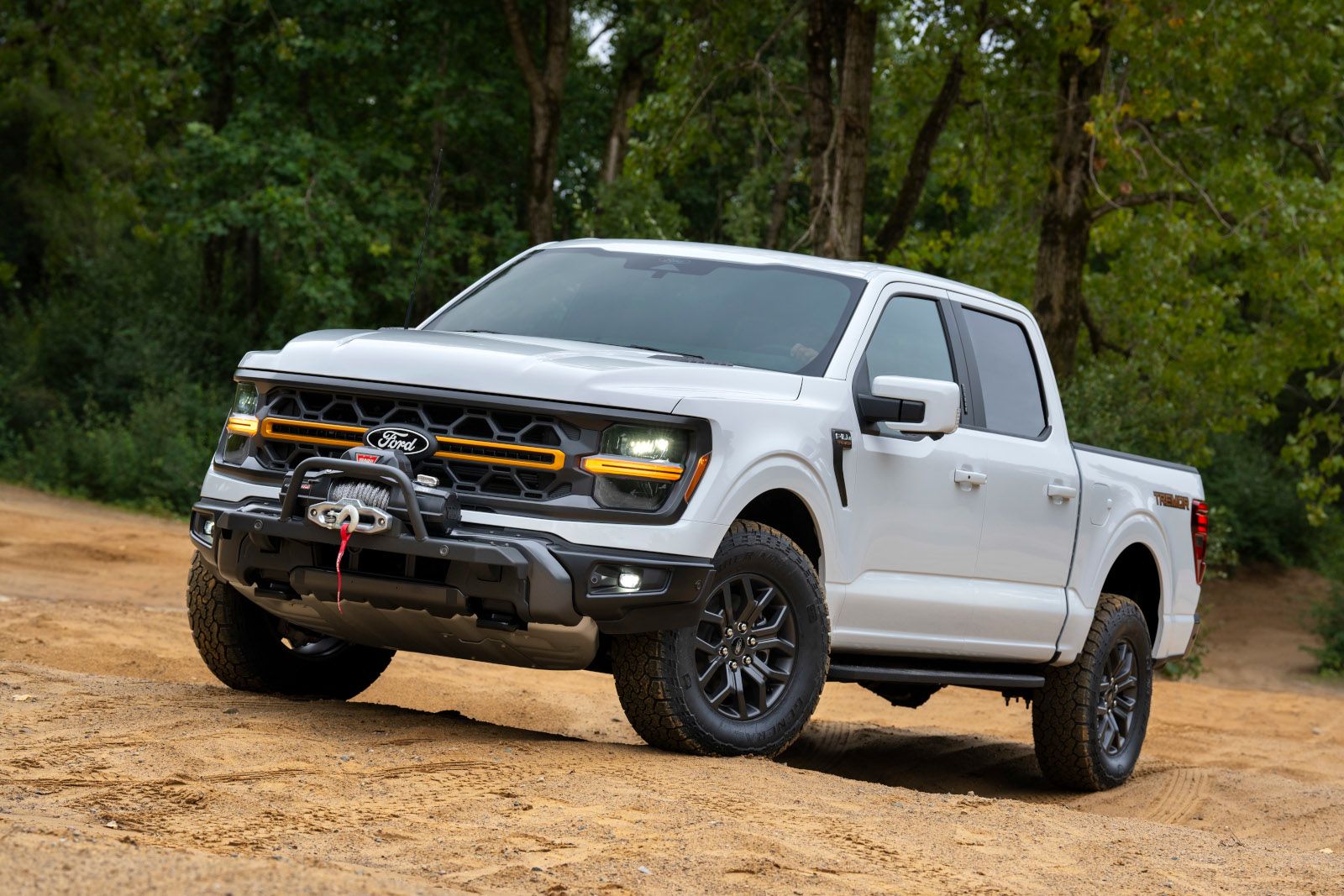
For buyers comparing luxury and mainstream brands, basic warranty length becomes a key differentiator. While Toyota, Honda, and Ford provide three years of basic coverage, Mercedes-Benz, Volkswagen, Audi, Cadillac, and Lincoln all offer four years. Hyundai stands alone among mainstream brands with five years of basic protection.
High-mileage drivers should pay special attention to kilometre limits. If you drive 25,000 kilometres annually, you'll reach 100,000 kilometres in just four years. This makes longer time periods more valuable than extended kilometre coverage.
Urban drivers face different challenges than rural ones. City driving creates stop-and-go conditions that stress brakes, transmissions, and cooling systems. Look for warranties that include these components and offer roadside assistance in metropolitan areas.
For families planning to keep vehicles for many years, transferable warranties add resale value. If you sell your vehicle before the warranty expires, the new owner can benefit from remaining coverage. This feature appeals to used car buyers and can justify higher asking prices.
Consider your mechanical knowledge and comfort level with repairs. Some warranties require authorized dealer service, while others allow independent shop repairs with proper documentation. Know which approach works better for your situation and budget.
Canadian Considerations and Extended Protection
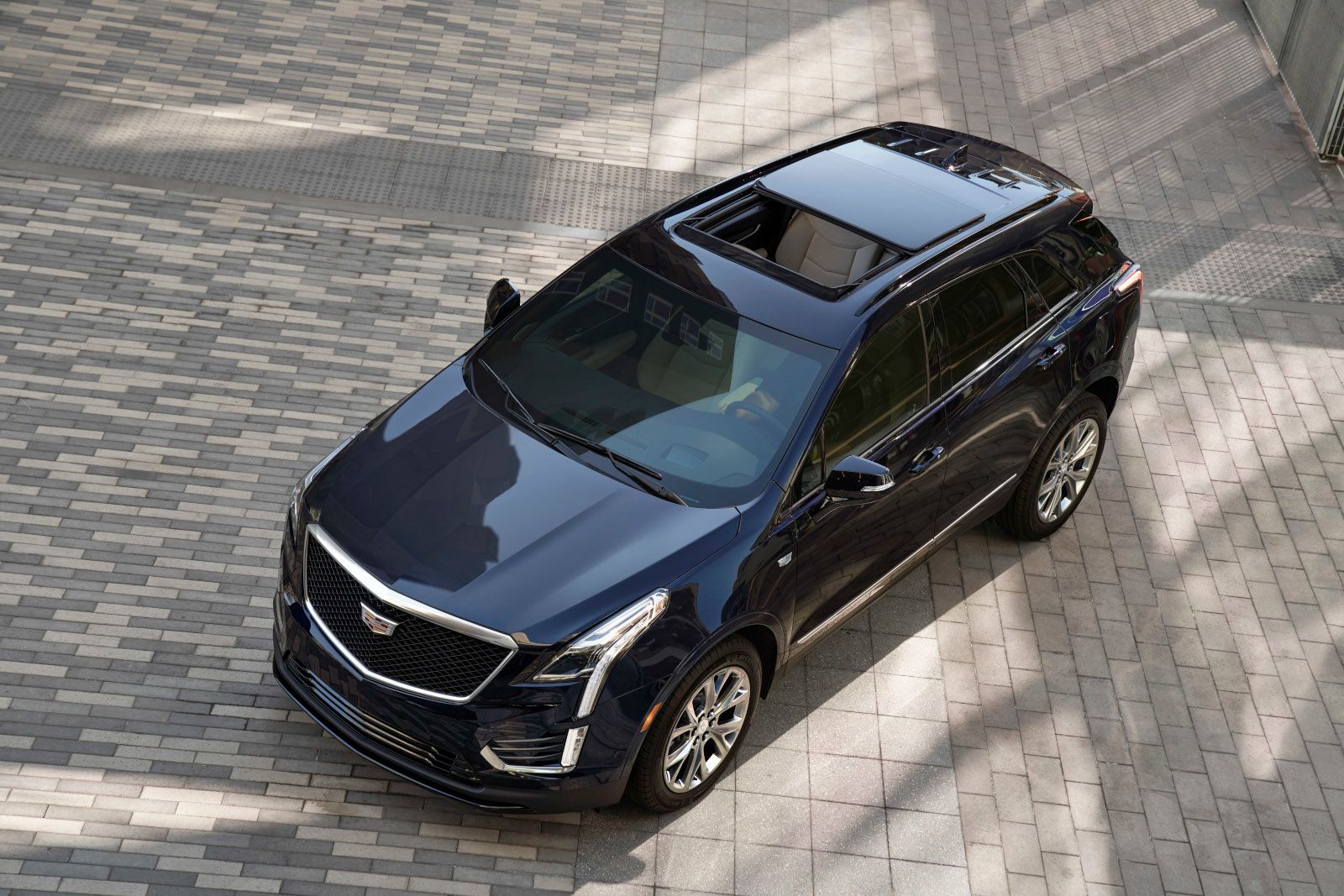
Canadian consumers have specific protections under provincial consumer laws. If a warranty claim gets denied unfairly, you can contact your provincial consumer affairs office for assistance. Keep detailed maintenance records and follow manufacturer requirements to avoid disputes.
All major manufacturers now provide eight years or 160,000 kilometres of coverage for hybrid and electric vehicle batteries. This consistency across brands means your choice can focus on other warranty features rather than electric powertrain protection.
When evaluating extended coverage, read the fine print carefully. Some plans exclude wear items like brakes and tires, while others provide comprehensive protection. Compare costs against potential repair expenses for your specific vehicle type.
Weather extremes across Canada create unique challenges. From coastal humidity to prairie cold, your local climate affects which components need the most protection. Discuss these factors with dealers who understand regional conditions.
Making the Smart Choice
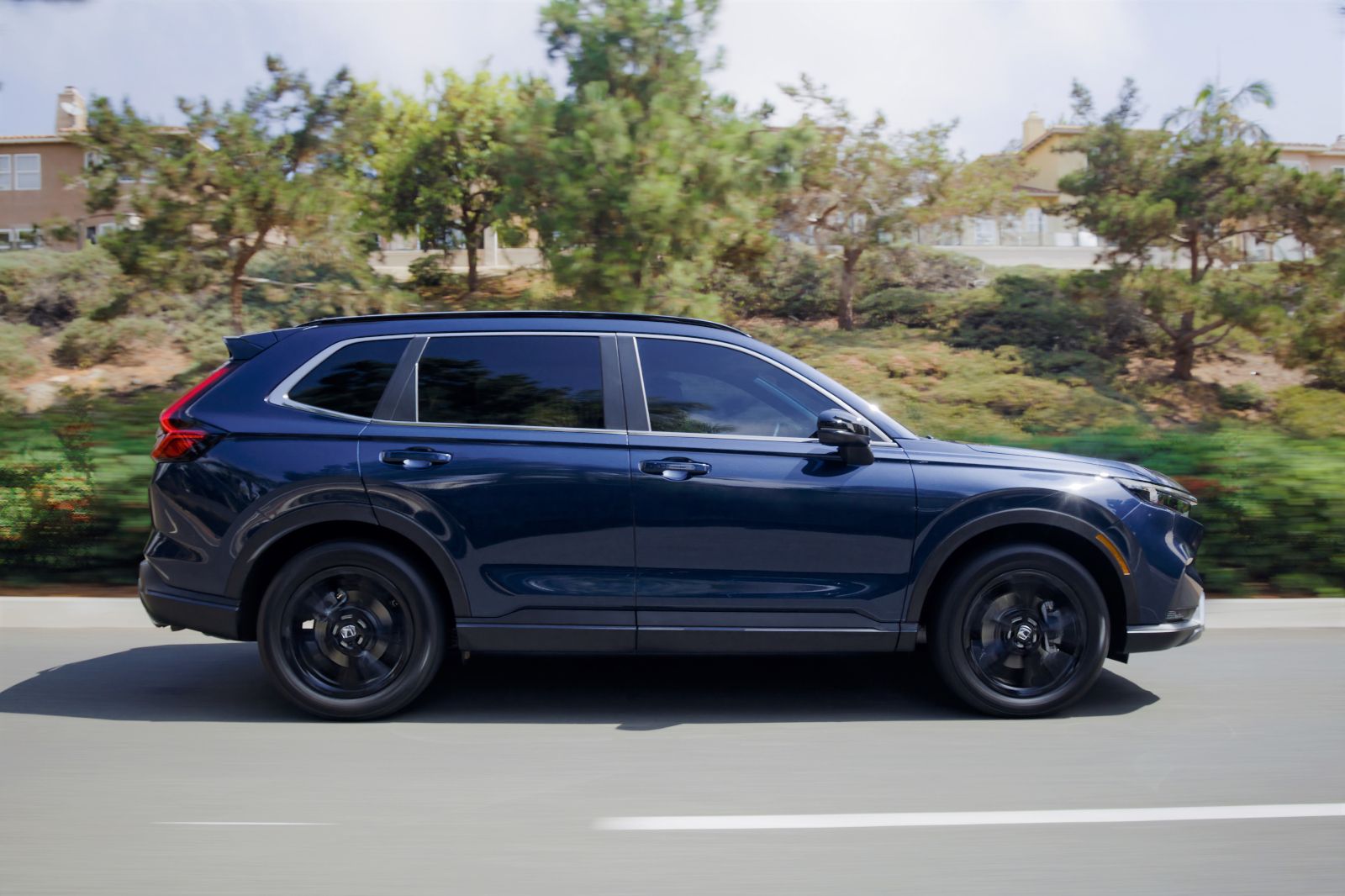
When evaluating vehicles, request warranty documentation in writing from any dealer. Understand what's covered, what's excluded, and what maintenance you must perform to keep coverage valid. Ask about roadside assistance, rental car coverage, and other benefits that add value to your ownership experience.
Remember that the longest warranty isn't always the best value. Hyundai's five-year basic warranty provides excellent coverage, but a manufacturer with strong reliability might offer better overall ownership experience even with shorter warranty terms. Research reliability ratings and customer satisfaction scores alongside warranty duration.
Consider how long you typically keep vehicles. If you trade every three years, extended powertrain coverage provides less value than comprehensive basic protection. Match the warranty period to your ownership timeline for maximum benefit.
At Humberview Group, our automotive expertise spans eighteen brands across Ontario, from mainstream manufacturers like Toyota, Honda, and Ford to luxury marques including Mercedes-Benz, Cadillac, and Audi. Our comprehensive brand knowledge helps Ontario drivers understand how warranty coverage varies between manufacturers and find protection that aligns with their specific driving needs and ownership goals.
You might also be interested in these blogs:
Find the Right Coverage with the Right Vehicle
At The Humberview Group, we offer a wide selection of new vehicles across Ontario, all backed by manufacturer warranties that suit the way you drive. Confidence comes standard when you choose the right fit.
Browse New Inventory >

